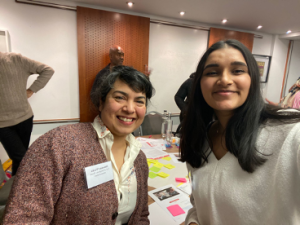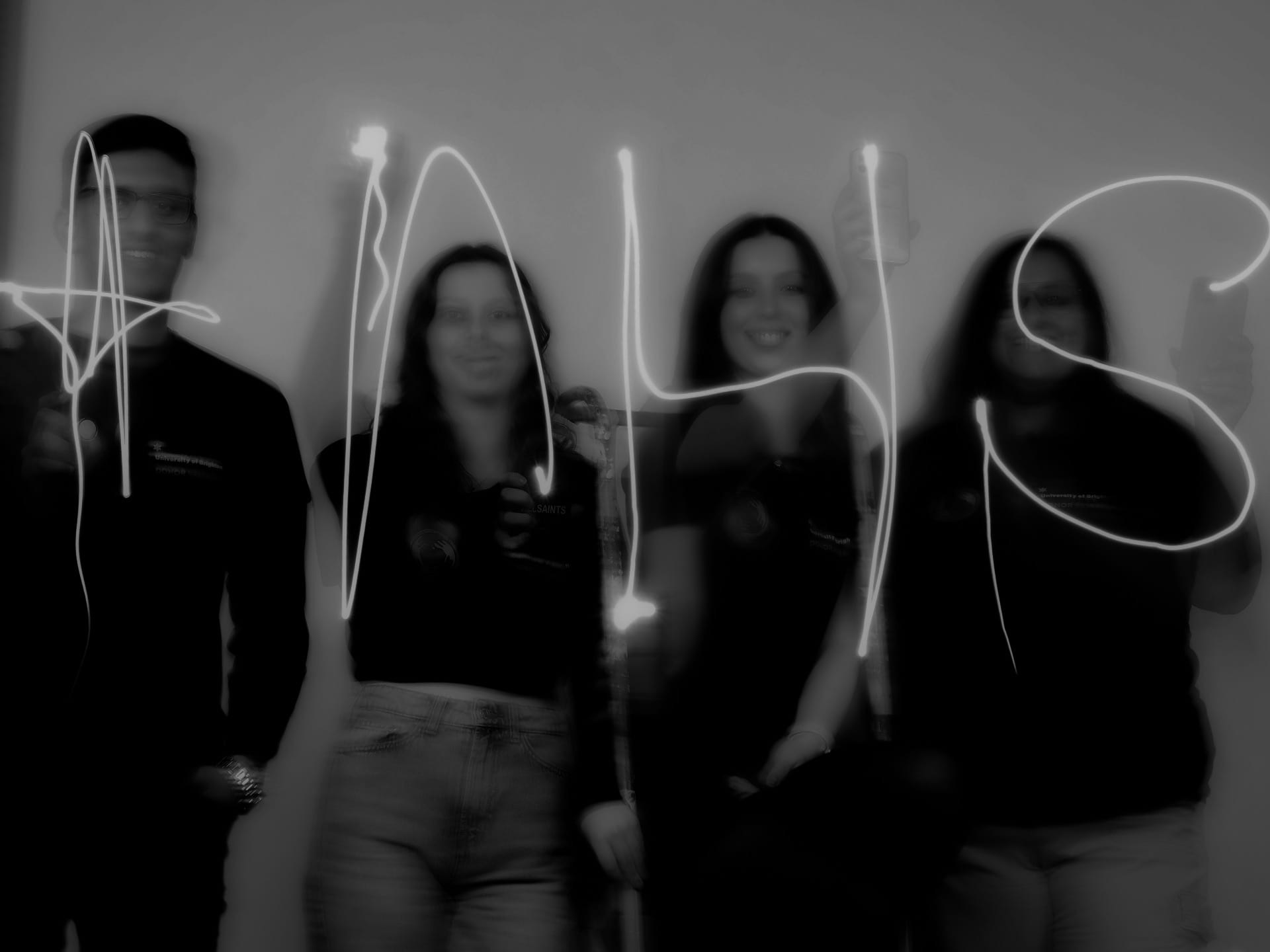On Friday 17th March 2023, I had the pleasure of joining Simonne Weeks at the NHSBT (NHS Blood & Transplant) Ro Conference in London. The event brought together directors from NHSBT as well as representatives from Donor Research, Afro-Caribbean Leukaemia Trust, Black Blood Matters, and more, in a bid to have an open discussion about ways to encourage more donations of the Ro subtype.
What is Ro blood?
Ro blood is a subtype created by a particular gene combination. This subtype is completely normal – but very rare! Ro blood is needed for blood transfusions in people with sickle cell, but only 2% of regular blood donors have the Ro subtype1. There has been an increase in the number of people with sickle cell, and consequently, there is now a need for more blood donations from people with the Ro blood type.
You’re more likely to have the Ro subtype if you are from a Black heritage background than if you are from a White background2, so this is why it’s important that we find ways to increase donations from the Black heritage community.
The Ro Conference
The Ro conference aimed to create open discussions around how to approach the need for more Ro and Black Heritage donors. We started the day by outlining the main opportunities for improvement. We discussed the barriers to booking appointments and donating blood successfully, and ways to attract new blood donors.
Delegates pointed out that consistent communication helped to build trust, but only if this communication was inclusive towards the groups they are trying to target. In this case, we discussed the possibility of taking ideas from NHSBT’s target audience to create campaigns – such as using an external Black-owned marketing agency. Directors from NHSBT reiterated that they are intent on making NHSBT an actively anti-racist organisation and would like to do as much as possible to make their messaging inclusive towards minority ethnic groups.
The afternoon workshop focused on improving live communications along the donor journey. The room was split into four tables, each focusing on a different area of communication:
- New Donor Journey: Communications to registrants before their first donation.
- Donor Recognition: All communications received by donors after a donation.
- Donor mobilisation: How we invite people to donation sessions.
- Engagement: General communications to give more information about NHSBT and build a relationship with donors.
We split into groups and rotated between each area; together we reviewed current emails being sent out in each area, giving feedback on how to make these communications more effective and inclusive. If NHSBT are hoping for more Black heritage donors to tackle the demand for more Ro donations, it is important to have messaging that is diverse.

It was an eye-opening experience to see how much these small details can have a big effect on how the audience perceives the message. For example, a black and white image versus a coloured image, whether the ethnicity of the patient in the photo matches the message they are trying to send, and whether the name of the example patient is reflective of their ethnicity.

How will it inform my career as a doctor?
As I continue with my career in medicine, my experience from this conference will help inform more sensitive conversations around blood donation and health inequalities. It was such a pleasure to be in a room full of people who spoke so passionately and honestly about the complexities behind blood donation, mistrust in the NHS, and systemic racism. Although we are encouraged to have conversations about health inequalities at medical school, it was an invaluable experience to be able to see the impact of socio-political context on issues such as blood donation. It is well-known that people from minority ethnic backgrounds are less likely to be blood donors than people from White communities3, but recruiting more minority ethnic donors will not only aid health inequalities; it will also improve representation within the donor population.
It was empowering to have those honest conversations with people that are passionate about making a difference. It was encouraging to know that when it came to issues involving systemic inequalities, NHSBT is listening to the voices of those affected by those inequalities. I felt safe to be able to express my opinion with honesty, and to use my personal experiences of racism and health inequality to inform my contributions to such an important campaign.
REFERENCES:
- NHSBT Give Blood: The Ro subtype explained, NHS Blood Donation. Available at: https://www.blood.co.uk/why-give-blood/demand-for-different-blood-types/the-ro-subtype-explained/ (Accessed: March 21, 2023).
- Shaz BH, Zimring JC, Demmons DG, Hillyer CD (2008). Blood donation and blood transfusion: special considerations for African Americans. Trans Med Rev. 2008;22:202‐214.
- NHSBT (2021). Number of registrations by financial year, NHS Blood and Transplant. NHS. Available at: https://www.nhsbt.nhs.uk/how-you-can-help/get-involved/share-statistics/blood-donation-statistics/ (Accessed: March 21, 2023).
